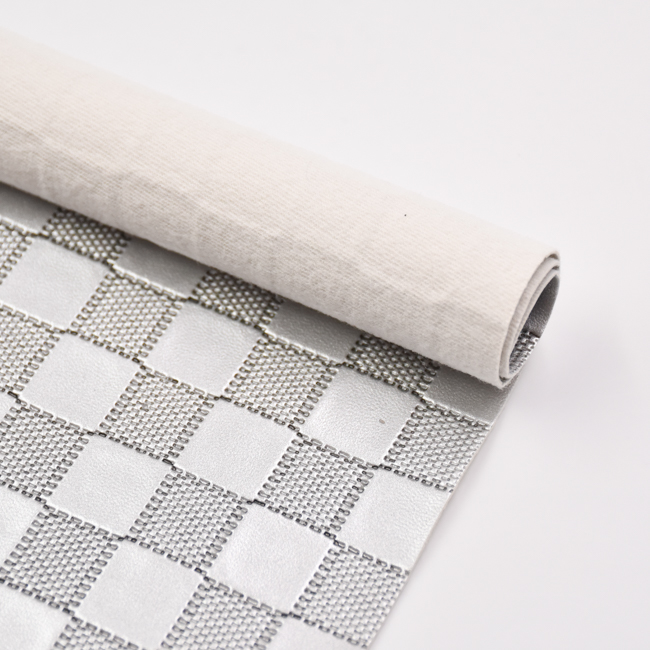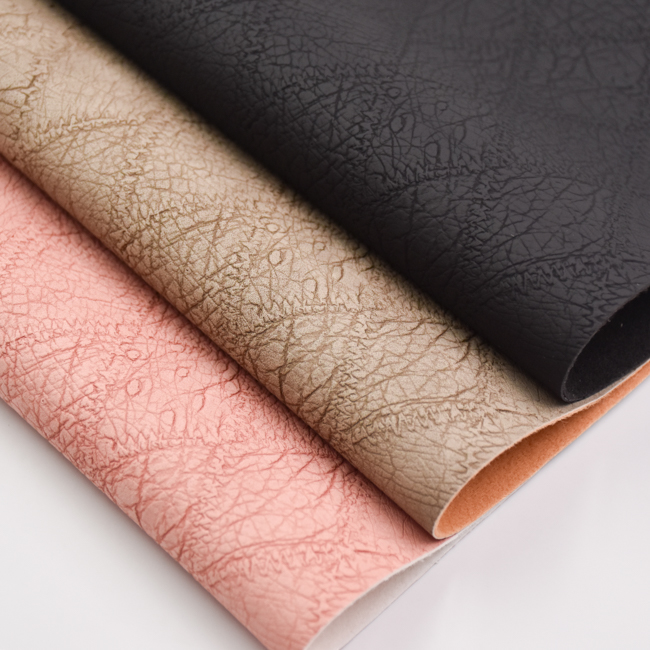One-Stop Service
In the face of market changes and consumer demand, the synthetic leather industry needs to adopt a series of strategies to maintain competitiveness and meet market demand. Here are some key strategies:
Technological innovation: The synthetic leather industry should increase R&D investment, introduce advanced technology and equipment, and enhance the technical content and added value of products. Through technological innovation, develop more environmentally friendly, durable, comfortable and beautiful synthetic leather products.
Product research and development: Continuously launch new products according to changes in market demand and consumer preferences. For example, for the sports shoe market, synthetic leather materials with excellent wear resistance, anti-slip and breathability can be developed; for the furniture market, synthetic leather fabrics with soft touch and rich colors can be developed.



Environmentally friendly production: Use environmentally friendly materials and production processes to reduce pollution emissions in the production process. For example, use environmentally friendly materials such as water-based polyurethane to replace traditional solvent-based materials to reduce VOCs emissions.
Sustainable development: Promote the development of the synthetic leather industry in a green, low-carbon and circular direction. Encourage enterprises to carry out the recycling and reuse of waste synthetic leather to achieve the recycling of resources.
Diversified applications: In addition to traditional fields such as footwear, luggage, and furniture, synthetic leather should also be actively expanded in the fields of clothing, automotive interiors, and electronic products. Increase the market share of synthetic leather products through diversified applications.
International market development: Actively explore international markets, especially emerging markets such as the Asia-Pacific region. Enhance the international visibility and competitiveness of synthetic leather products by participating in international exhibitions and establishing overseas sales channels.
Brand building: Focus on the shaping of brand image and the enhancement of brand value. Enhance consumer recognition and loyalty to synthetic leather brands by improving product quality and optimizing after-sales service.
Market promotion: Use multiple channels for market promotion and publicity. For example, through social media, online advertising, offline activities, etc., increase the exposure and attention of synthetic leather products. At the same time, strengthen interaction and communication with consumers, understand consumer needs and feedback, so as to better meet market demand.
Risk prevention and control: Pay close attention to risk factors such as fluctuations in raw material prices, intensified market competition, and changes in policies and regulations, and formulate corresponding response measures. For example, by optimizing supply chain management and strengthening cost control to cope with fluctuations in raw material prices; by strengthening technological innovation and brand building to enhance market competitiveness.
Transformation and upgrading: Facing the pressure and challenges of industry transformation and upgrading, synthetic leather companies should actively adjust their product structure and development strategy. For example, transform and upgrade to the high-end market to increase the added value and competitiveness of products; or integrate resources through mergers and reorganizations to enhance the scale effect and comprehensive strength of enterprises.
In summary, when responding to market changes and consumer demand, the synthetic leather industry needs to start from multiple aspects such as technological innovation, environmental protection and sustainable development, application field expansion, brand building and market promotion, and risk prevention and control to comprehensively enhance the competitiveness and market share of enterprises.
